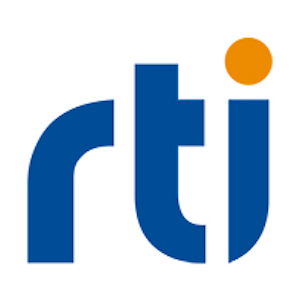Radar systems must be designed to keep up with a rapidly changing threat environment, adapt to new technologies, and reflect the realities of leaner development budgets. In this webinar, learn why radar systems developers are employing data-centric architectures implemented with standards-based communications technologies to meet these challenging requirements.
The webinar will elaborate on concepts that are widely used for constructing scalable, open radar systems:
- Leveraging modular, data-oriented design patterns to implement radar services. Radars, and sensors in general, share common architectural and design patterns. This lends itself to the use, and re-use, of common components, or services across multiple sensor implementations.
- Open, language-independent data models and protocols enable reusability and reduce life-cycle costs. Implementation of common services using open-systems architecture precepts expands the choices for system integrators in constructing radar and sensor systems. This approach allows the selection of best-in-class components in the initial development phase while enabling cost-effective replacement of end-of-life components, avoiding major redesign over the system lifecycle.
- The combination of data-centric architectures, open data models, and proven open standards-based communication infrastructure for radar and other sensor systems offer greatly-improved flexibility, reduced risk, and lower life cycle costs.
 Presented by
Presented by